|
 Red Lodge, MT Posted by:  T0SHEA T0SHEA
N 45° 11.214 W 109° 14.757
12T E 637795 N 5005209
Established in 1884, Red Lodge was, until the mid 1920s, exclusively a mining town, with miners from around the world laboriously extracting coal from the mines of Red Lodge.
Waymark Code: WMWCQB
Location: Montana, United States
Date Posted: 08/14/2017
Views: 2
When the writers of the American Guide Series book, Montana, a State Guide Book, passed through Red Lodge they were yet unaware of the historical aspects of the town, doubtless because it was not yet considered "historical" in 1939. The attractions that did manage to catch their collective eye no longer exist - most haven't for quite some time.
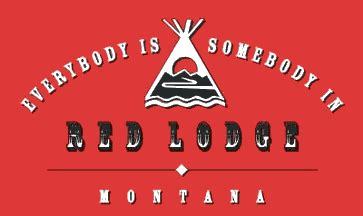
The town of Red Lodge was officially established in 1884. But long before the arrival of permanent settlers, this valley was Crow country, serving the Crow Indians each summer as a place to worship, rest and hunt.
When the Rocky Fork Coal Company opened the area’s first mine in 1887, hundreds of immigrants – Finns, Scots, Irish, Italians and Slavs – arrived and dug in. During this boom time, Red Lodge was a lively place, with 20 saloons and a burgeoning population.
In 1897, guests of The Pollard Hotel witnessed the Sundance Kid rob the Red Lodge Bank across the street. Buffalo Bill Cody, William Jennings Bryan, Calamity Jane and Frederic Remington are among those on the hotel’s long and colorful guest register.
The advent of strip mining in southeastern Montana in the 1920s signaled the beginning of the end of the Red Lodge coal boom. In 1924, the West Side Mine closed. The Great Depression forced more mines to close, and in 1943 an underground explosion killed 74 men at the Smith Mine in Bearcreek four miles east of Red Lodge, devastating the community and effectively ending coal mining in Carbon County.
Not to be outwitted by the national economy, Red Lodge denizens came up with a worthwhile alternative to coal: Following the Depression, locally produced bootleg liquor – or “cough syrup” – replaced coal as the town’s lucrative export, supplying “patients” from the Midwest to the California coast. With the decline of mining, the town also began to look to tourism as an answer to its economic woes. Early efforts to draw visitors to the area include the See ‘Em Alive Zoo and the construction of the Beartooth Scenic Byway to Yellowstone National Park, which began in 1931.
By the mid-20th century, tourism, recreation, and ranching replaced coal (and bootlegging) as the town’s main source of income. Today, Red Lodge is still a working agricultural town. Thanks in no small part to the town’s preservation of and appreciation for its colorful past, it’s also a fascinating destination where history is not so much a thing of the past as it is a vibrant part of the present.
From Red Lodge
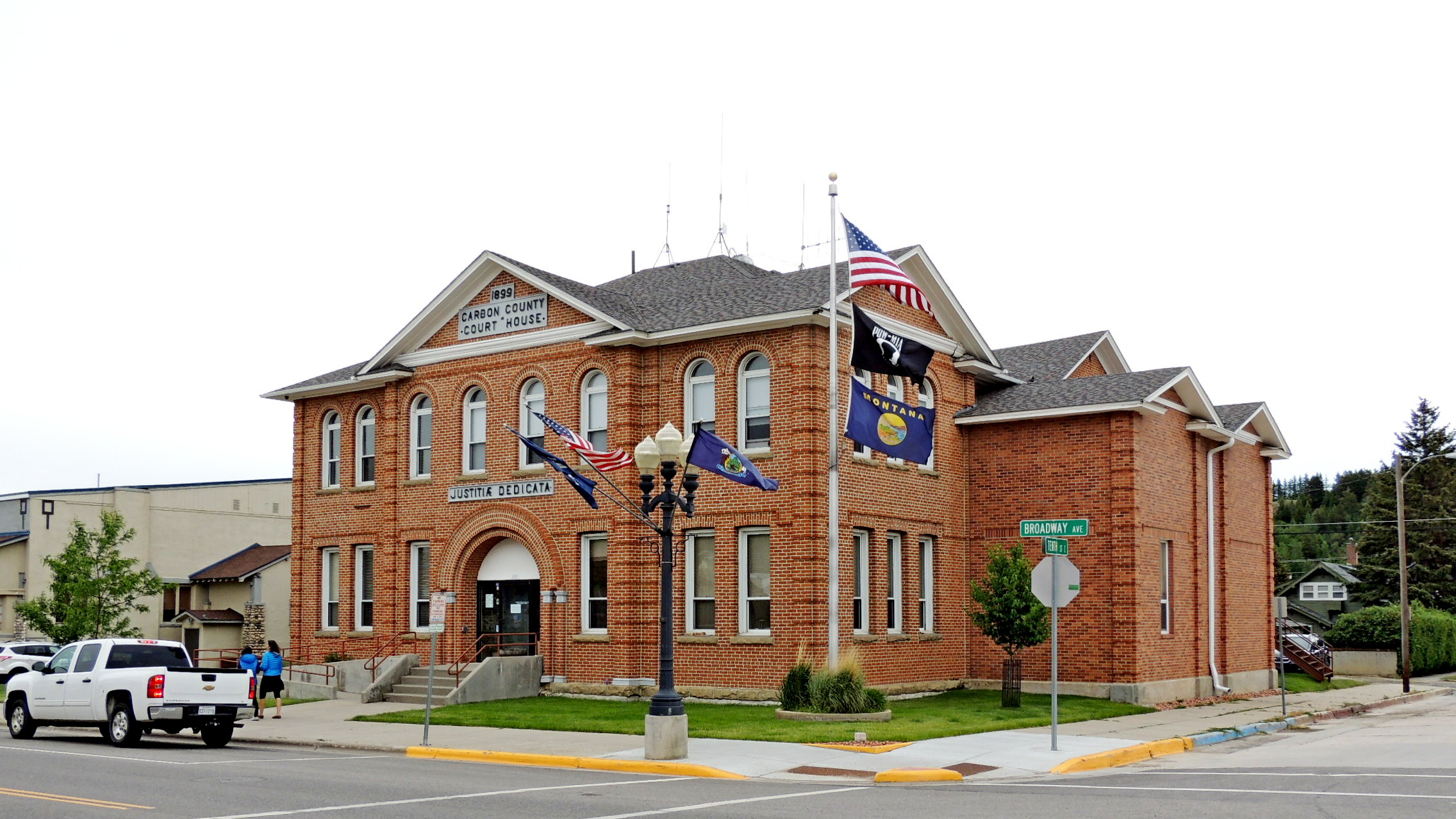 |
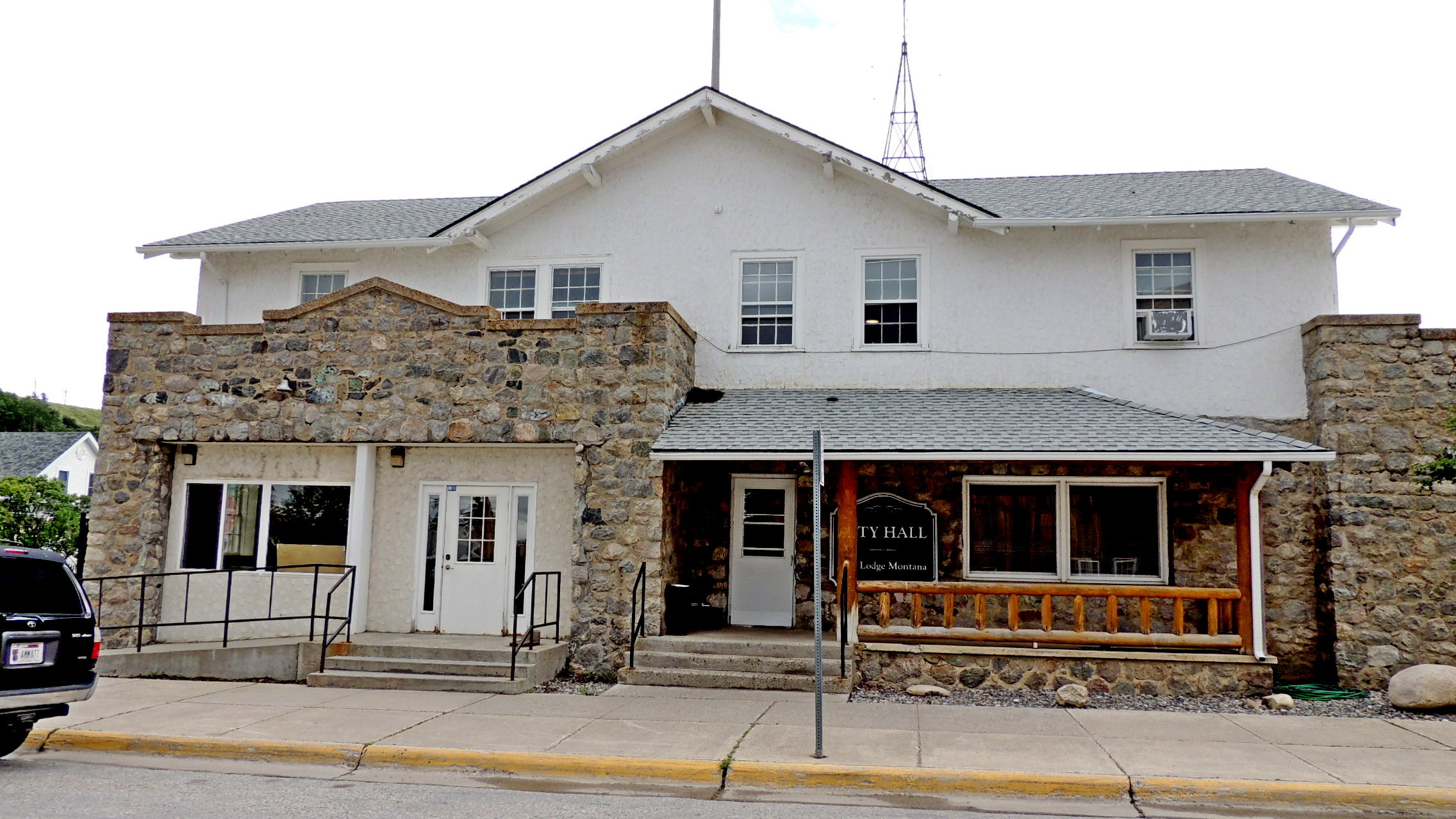 |
| Carbon County Courthouse |
City Hall |
 |
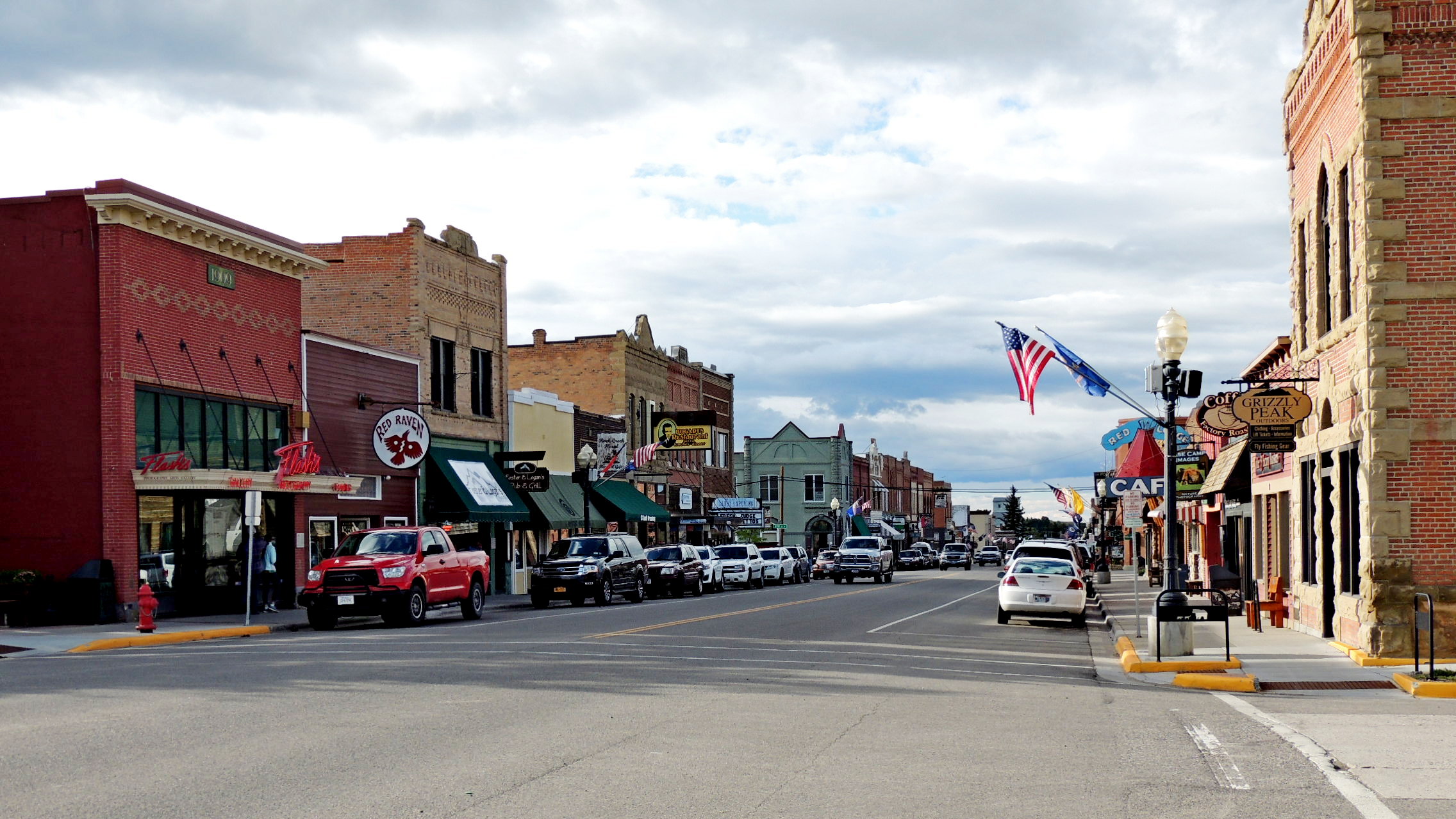 |
| Downtown Red Lodge |
Downtown Red Lodge |
 |
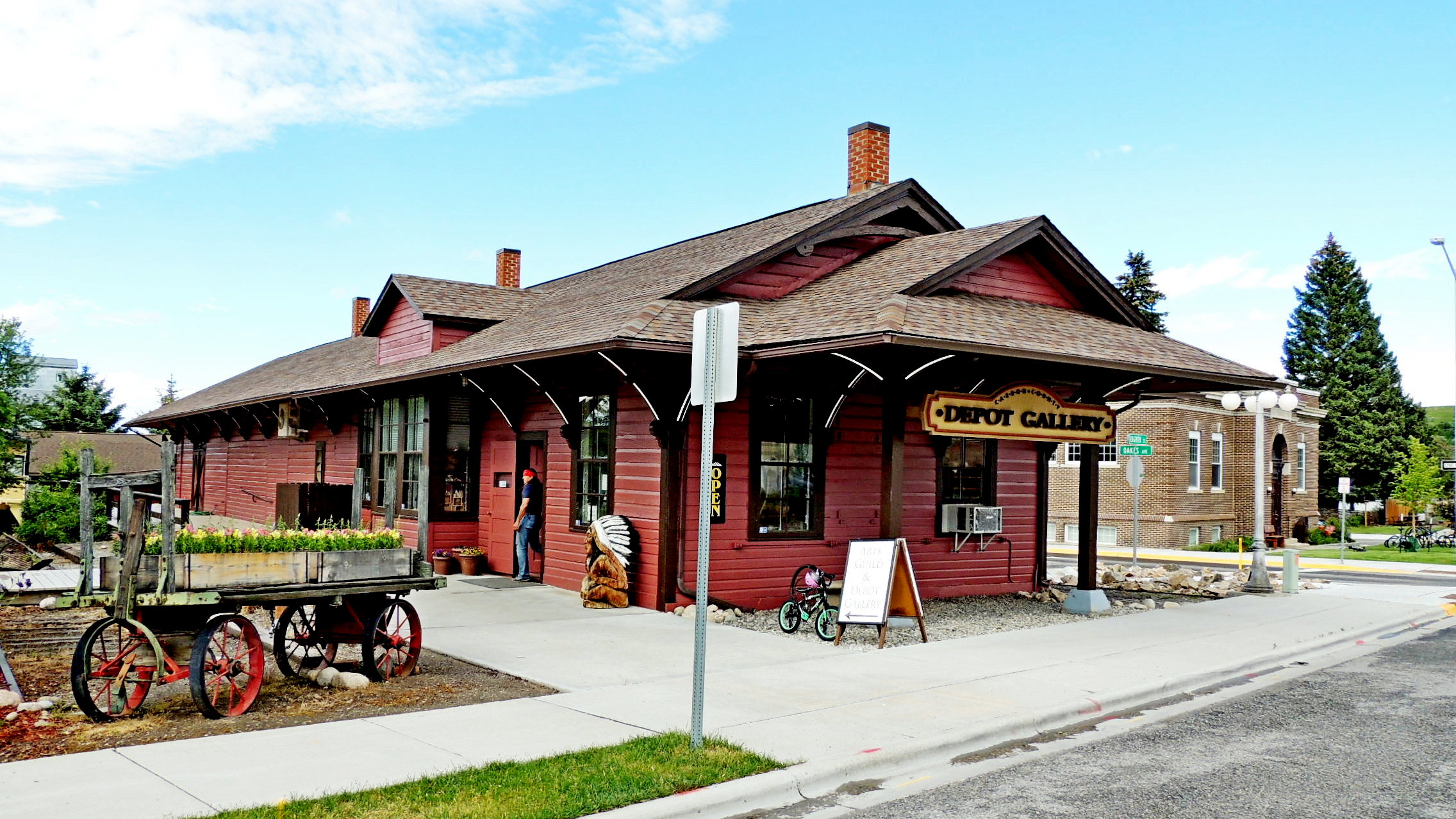 |
| Carnegie Library |
Northern Pacific Depot |
Book: Montana

Page Number(s) of Excerpt: 342

Year Originally Published: 1939

|
Visit Instructions:
To log a Visit, please supply an original image of the Waymark.
|